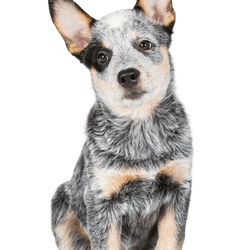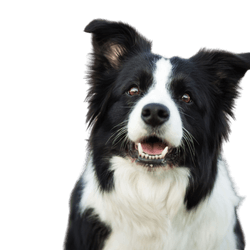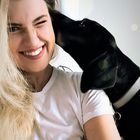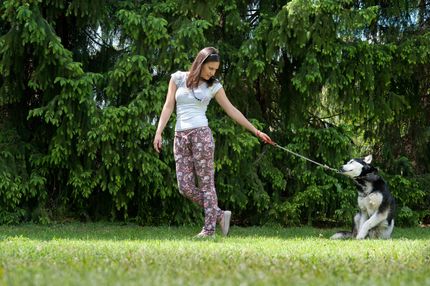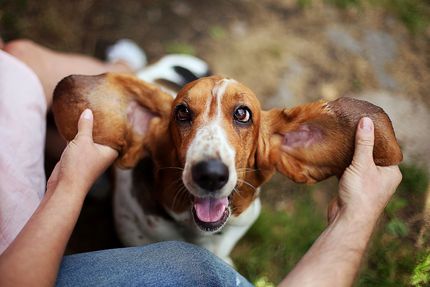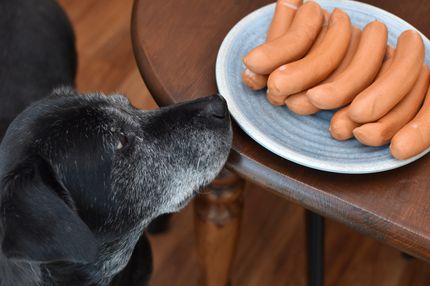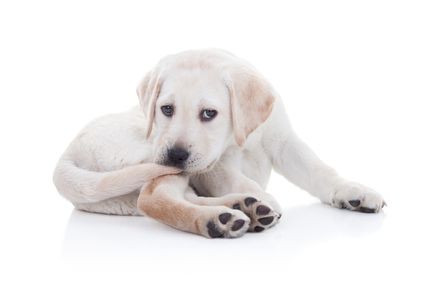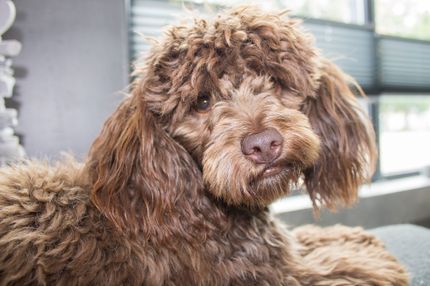Facts & Origin
Origin of the Border Heeler
The Border Heeler is a hybrid breed resulting from the crossing of two extremely intelligent and hard-working herding dogs: the Border Collie and the Australian Cattle Dog (also known as the Blue or Red Heeler). The aim of this cross was to combine the herding instincts, endurance and tractability of both parent breeds in a robust, versatile dog. As with many designer dogs, the origins of this cross do not lie in targeted breeding with a long history, but primarily in practical use - on farms, for example, where function came before breed uniformity.
Name synonyms and variants
In addition to the name Border Heeler, names such as Border Collie Heeler Mix are also occasionally used. The breed is not officially recognized by any cynological umbrella organization, which means that it can have different names or ancestry focuses depending on the breeder.
Critical voices on hybrid breeding
As with many mixed breeds, the Border Heeler is also criticized because targeted hybrid breeding without health standards carries risks. The offspring can have both the positive and negative characteristics of both breeds - including genetic predispositions, which in the worst case could be reinforced. It is also criticized that the term "designer dog" is misleading for working crossbreeds such as the Border Heeler, as many of these dogs are intended for very active owners or specific purposes - not as fashion-conscious city dogs.
Suitability and recommended husbandry
The Border Heeler is not a beginner's dog. It is ideal for active people who want to invest a lot of time in exercise, training and tasks. Its suitability ranges from agility and obedience to professional herding of livestock. Without physical and mental exercise, the Border Heeler is prone to nervousness, frustration or undesirable behavior such as excessive barking or controlling behavior. In the right hands, however, he is a loyal, highly intelligent and impressively agile partner who likes to bond closely with his caregiver.
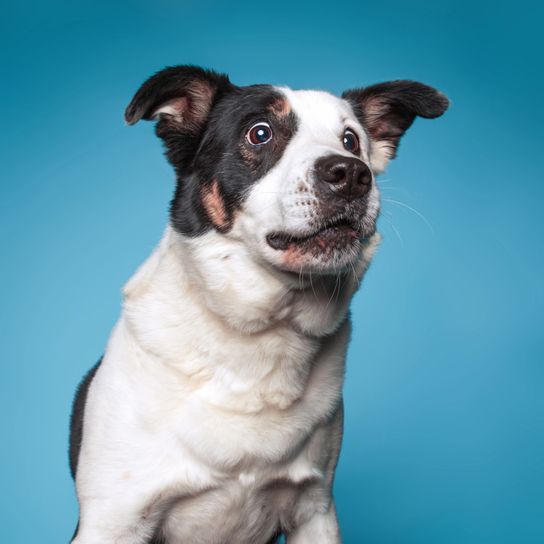
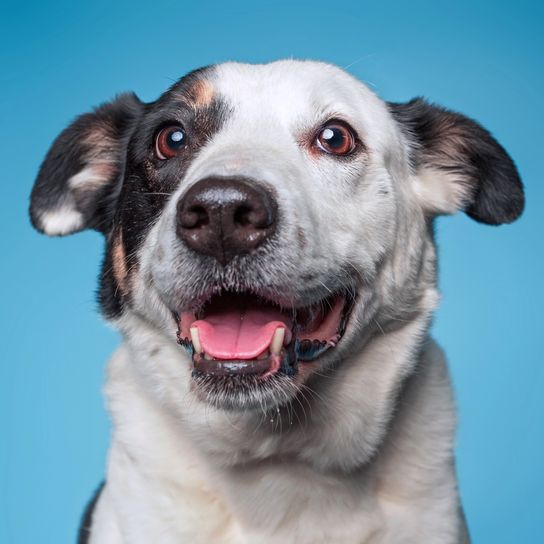
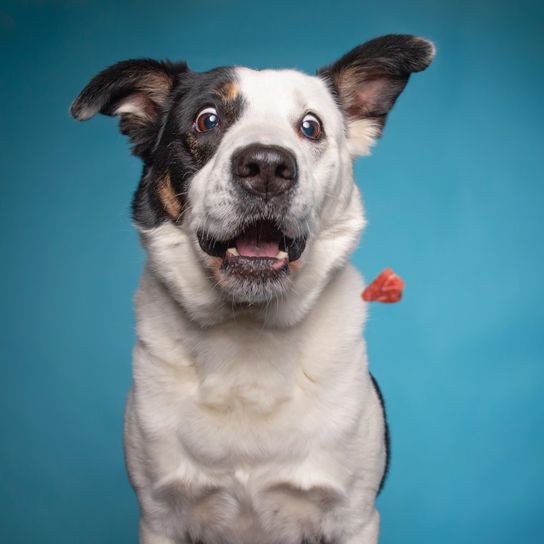
| Alternate Name | Border Collie Heeler Mix |
| Origin | Australia - UK |
| Life expectancy | 10 - 15 years |
| Care requirements | low-maintenance - high-maintenance |
| Activity level | average - high |
| FCI group | not recognised |
| AKC group | not recognised |
| KC group | not recognised |
More Australian Cattle Dog mixes
More Border collie mixes
Attitude, character and temperament of the breed
Possible character traits of the Border Heeler
The Border Heeler is considered to be an extremely intelligent, eager to learn and willing to work dog that performs tasks almost with enthusiasm. Due to the combination of two herding dog breeds, its character is characterized by a pronounced working instinct, high powers of observation and an intensive bond with its owner. He not only wants to be kept physically busy, but also mentally challenged. Typically, the Border Heeler has a high level of energy, alertness and responsiveness - characteristics that make it an ideal partner for people who are active in sports, dog sports enthusiasts or livestock owners on farms. If his need for activity is not sufficiently fulfilled, behavioral problems such as excessive barking, nervousness or compulsive control may occur. His sensitivity to moods and movements also makes him a dog that should be handled sensitively and with clear, consistent communication.
Character
Usage
Typical diseases and care requirements
As it is a cross between two robust, originally working breeds, the Border Heeler is generally physically robust and vital. Nevertheless, inherited dispositions of both parent breeds can occur. These include hip dysplasia (HD), eye diseases such as progressive retinal atrophy (PRA) or deafness, which occurs more frequently than average in the Australian Cattle Dog. Conscientious breeding with veterinarian-tested parents can significantly minimize these risks. In terms of grooming, the Border Heeler is generally easy to care for: its coat is of medium length, weatherproof and dirt-repellent, but needs to be brushed regularly - especially during shedding. Due to its high level of activity, attention should also be paid to paw care, regular claw trimming and dental checks, especially if the dog does not naturally shed. The ears should also be checked and cleaned regularly to prevent inflammation, especially if they have drooping ears.

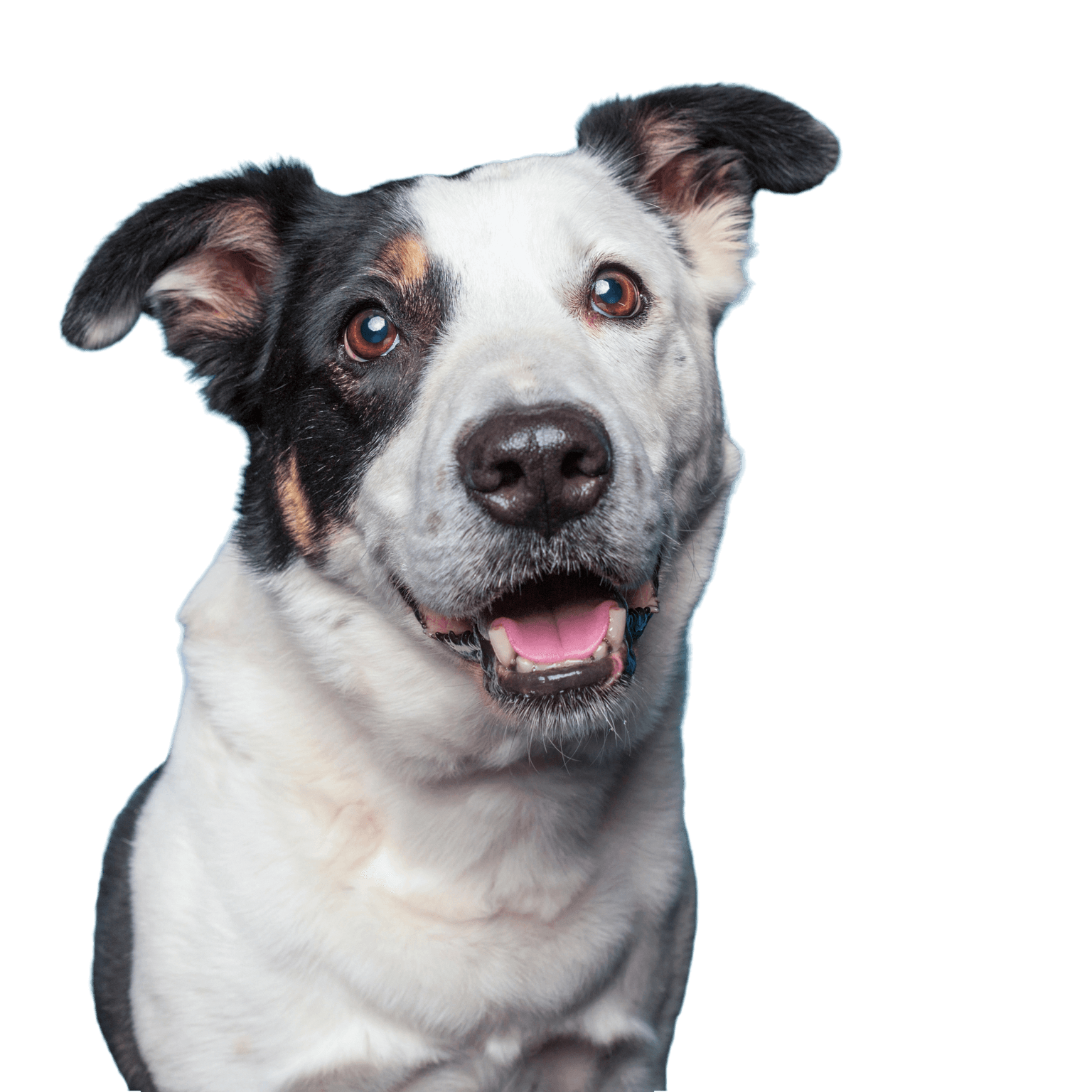
Possible appearance of the Border Heeler
The appearance of the Border Heeler can vary considerably depending on genetic disposition, but generally lies between the typical characteristics of the Border Collie and Australian Cattle Dog. It is usually medium-sized, with a shoulder height of between 45 and 55 cm and a weight of 15 to 25 kg. The body is strong, athletically built and well proportioned, reflecting its agility and stamina. The coat can be short to medium length, in colors such as blue merle, black and white, tricolor or red speckled - depending on which genetic traits dominate. The ears can be either erect, semi-erect or pendulous, and the gaze is usually alert and intelligent. The tail is also functional, rather bushy and is usually carried in a natural posture. Overall, the Border Heeler is an athletic looking dog with an expression of alertness, energy and determination.
| Fur length | short - medium |
| Fur | - flat coated |
| Ear shape | Standing Ears |
| Tail | fanned out |
| Anatomy | rugged, slim, sporty |
| Size ♀ | 43 - 53 cm |
| Weight ♀ | 12 - 19 kg |
| Size ♂ | 46 - 56 cm |
| Weight ♂ | 14 - 20 kg |
| Suitable For | - |
Known Diseases
Numbness
Often occurs in old age.
Nervous disorders
Nervous disorders are manifested, for example, by disturbances in perception, neurological abnormalities such as tremors, apathy, convulsions, paralysis, tilting of the head, uncontrolled urination and defecation, and behavioural abnormalities.
Eye infections
Chronic eye infections can be very painful in dogs and can be treated with medication. In rare cases, the cornea must be treated.
Epilepsy
Definition: Dog has epilepsy if, for example, at least two epileptic seizures occur more than 24 hours apart.
Eye diseases
Often occur with allergies and intolerances.
FAQ
-
A Border Heeler is a mixed breed dog that is bred from a Border Collie and an Australian Cattle Dog.
-
A Border Heeler inherits a combination of traits from both parent breeds. However, it is important to remember that each individual dog is unique and may not have all the typical characteristics of its parent breeds. The common traits of a Border Collie and Australian Cattle Dog mix include intelligence, activity and loyalty.
-
The history of the Border Collie/Australian Cattle Dog mix is relatively unknown, as it is a relatively new crossbreed. However, both parent breeds have a long and rich history. The Border Collie is a herding dog breed that originated in the border region between England and Scotland. The Australian Cattle Dog is a working breed that was developed in Australia in the 19th century.
-
The requirements for caring for a Border Heeler vary from dog to dog. However, all dogs need exercise, proper nutrition and lots of love and attention. A Border Collie and Australian Cattle Dog mix probably needs more exercise than most other dogs as they are both very active breeds.
-
Border Collie and Australian Cattle Dog mixes can be great family dogs if they are properly trained and socialized. They are intelligent dogs that are eager to please their owners. However, they may not be the best choice for a family with young children as they can be herding dogs and may try to herd people.

